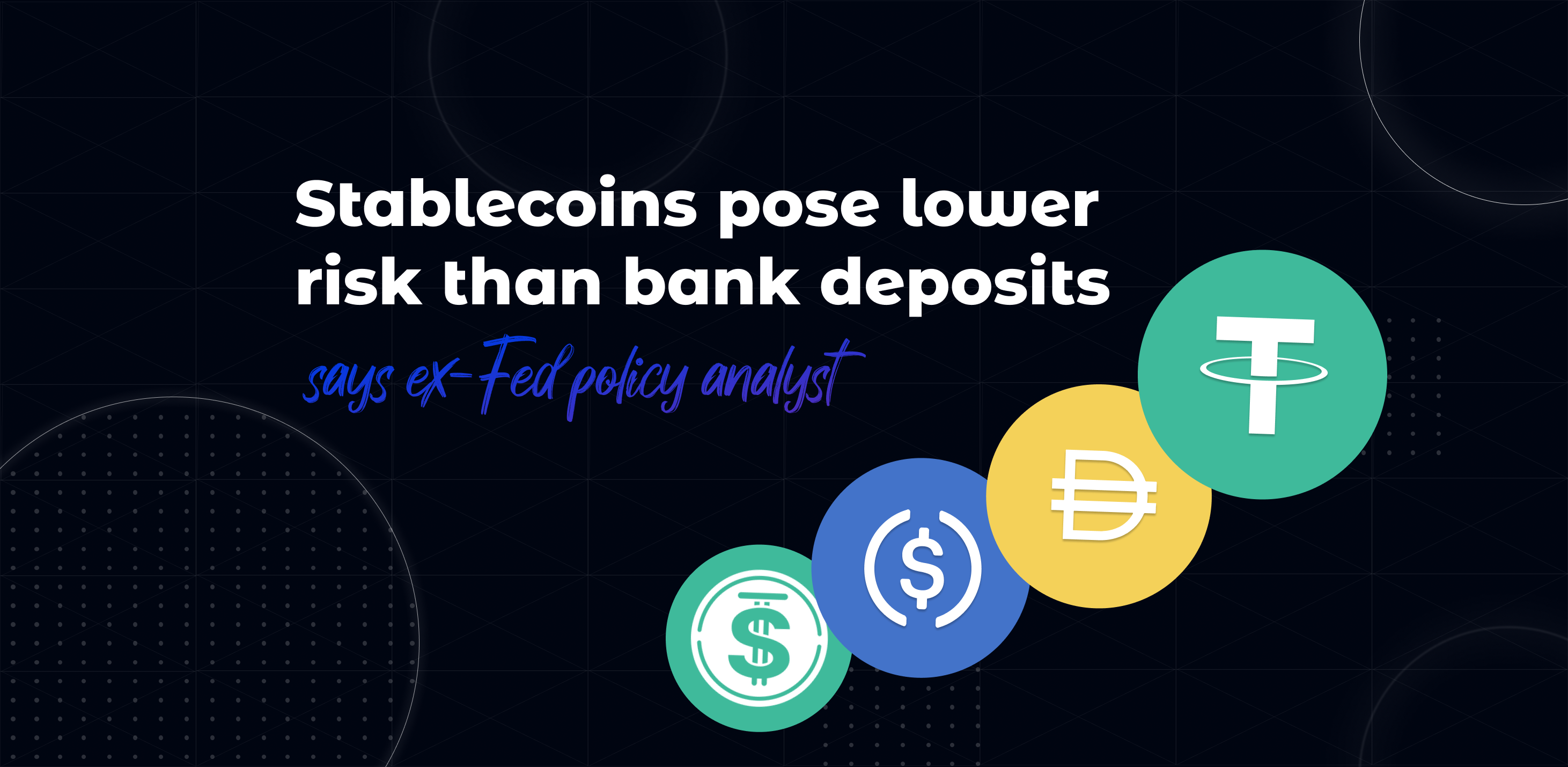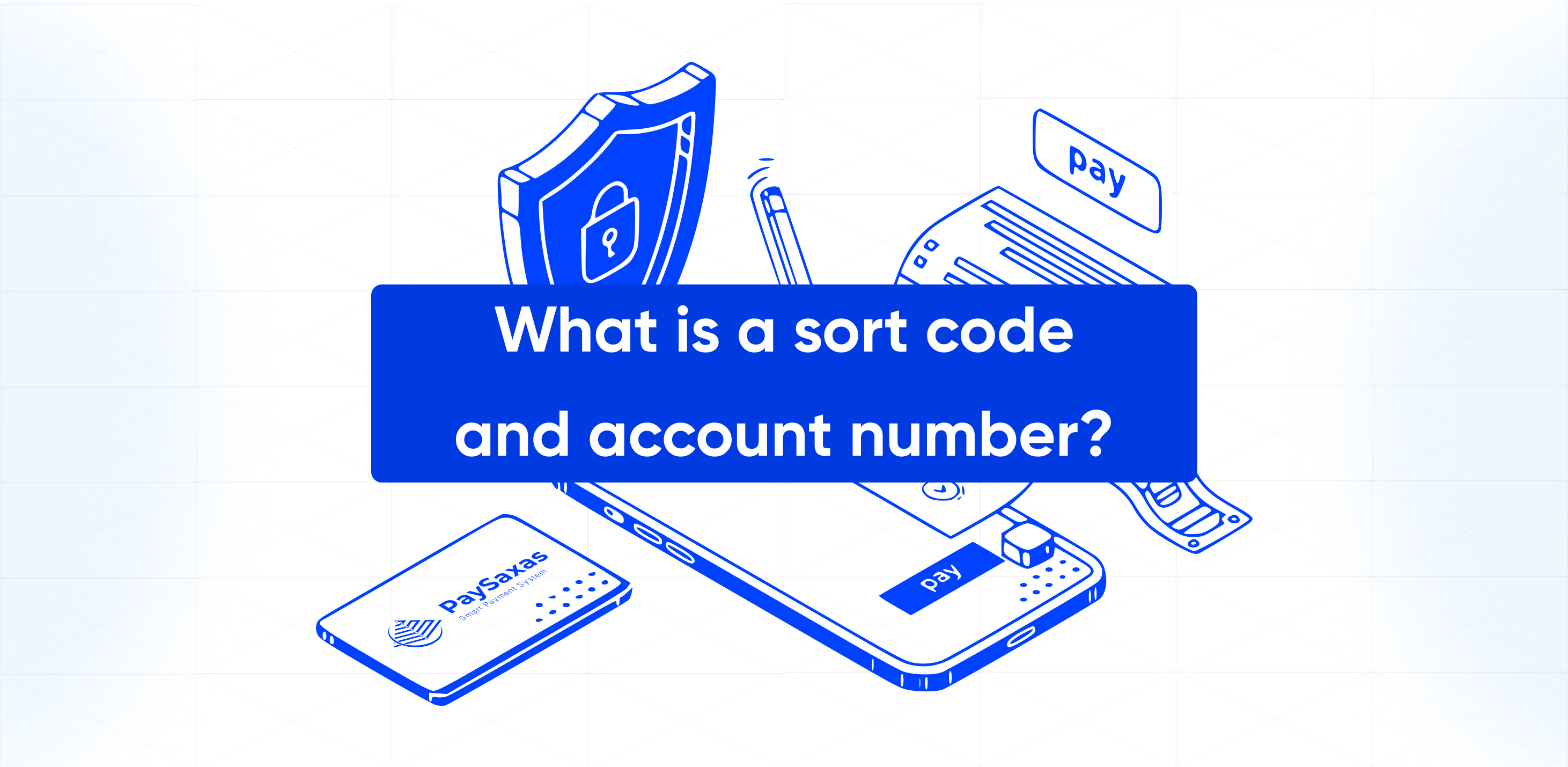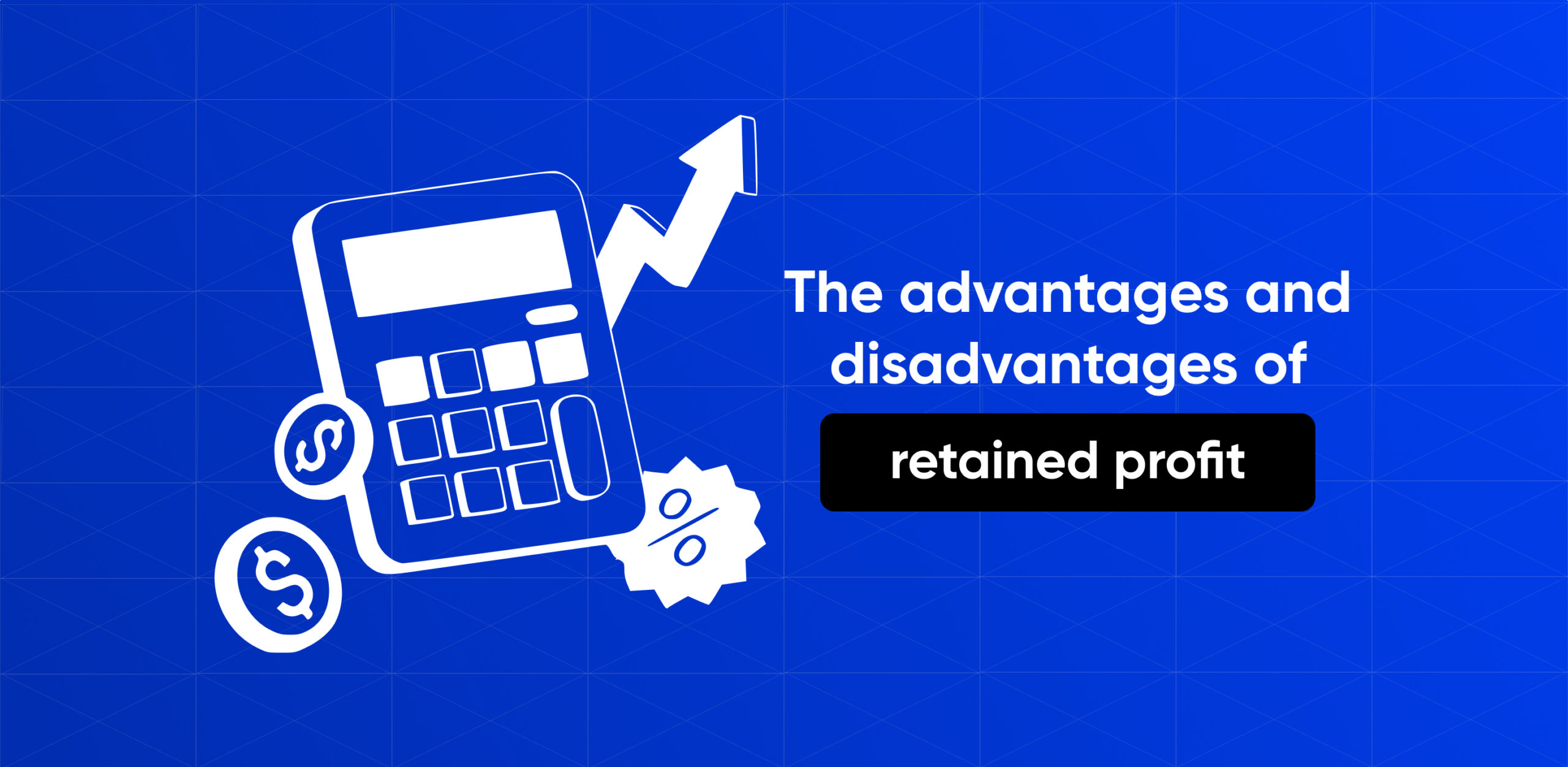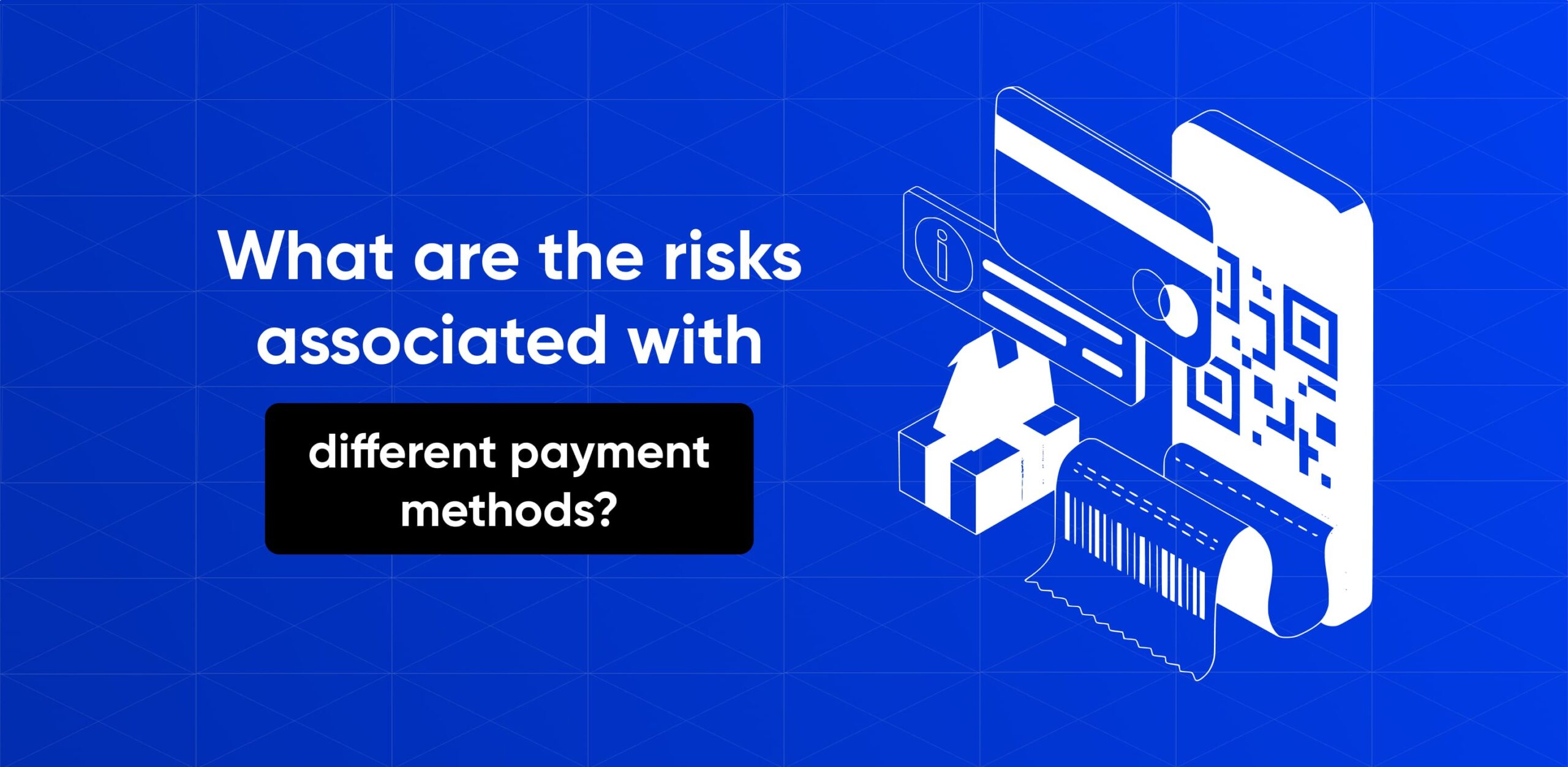Stablecoins are tokens pegged to the U.S. dollar, less commonly to another fiat currency or gold. They are generally considered a haven asset for cryptocurrency traders during periods of high volatility. Technically, stablecoins are derivative tokens on different blockchains based on a smart contract. This smart contract is at least partially managed by the issuer of the stablecoin and can be stopped at will by the owner at any time.
Tokens at any address can also be “frozen”. This means that they may not be accepted for processing by the contract, without which they cannot be moved. But according to many experts, such assets are more acceptable than, for example, bank products. These days, there is a lot of dissertation going on about what is better to invest in, namely stablecoins or bank deposits.
In turn, you should not forget that a deposit in the bank is a sum of money that the client temporarily gives to the financial institution to receive income. People invest to earn a profit. It is paid by banks in the form of a fixed percentage of the deposit. That is, you receive, according to the agreed terms before signing, the money at the end of the deposit period or monthly, if it is prescribed.
Digital currencies are no match for bank deposits
They are not alike in terms of risk. This is the opinion of former Federal Reserve Board analyst Brendan Malone. The cryptocurrency world, which has already been predicted to collapse so many times, is growing and developing. Stablecoins are an attempt to find a compromise between the traditional financial system and the cryptocurrency market, without opposing them, to merge them harmoniously.
And the attempt is pretty good. However, stablecoins are a virtual asset, which is associated with certain risks. Whether to buy them or not depends on your own choice. If we focus on Malone’s words, we can see that banks are prone to maturity transformation. This comes out when they take short-term deposits and use the money to make long-term loans. These are usually not repaid for many years.
Hence, such a phenomenon gives permanent risks to banking institutions. Such places need constant risk management. According to Malone, stablecoins are pegged to fiat currency, so they pose no risk. Their reserve assets are backed by short-term Treasury bonds and are segregated from the assets of the issuer.
What needs to be considered with stablecoins?
Virtual assets in the form of Stablecoins also serve a different purpose. They are involved when dollar-denominated payments need to be made. That is, these coins are used as a means of payment rather than an investment. This should be taken into account when you are going to purchase stablecoins, for example, USDT. According to Malone, they are used as the equivalent of the U.S. dollar, but digitally.
Based on the current analysis and situation in the cryptocurrency market, the uniqueness, and specificity of these assets should be taken into account. If one starts to regulate their structure without understanding their characteristics, such action may lead to strict bank supervision of the issuers of stablecoins. In such a case, we will see a restriction of competition and an increase in the dominance of a few large users.
Other experts believe that certain regulatory restrictions will help to maintain trust in such virtual assets as a form of money. They will prevent a few powerful market participants from dictating terms. This will have a positive impact on the development of cryptocurrency. At the same time, at the legislative level, stablecoins must take into account the specifics of the development and technologies that are being used to continue to innovate.
So, what poses less risk — bank deposits or stablecoins?
In general, it should be noted that any investment has its positive and negative consequences. Everything here depends on you and your decisions. According to former Federal Reserve Board analyst Brendan Malone, stablecoins carry fewer risks. No matter how many times people say that soon the digital world will collapse, still every day there are new virtual coins.
Users follow the situation on the market and invest their money to be able to make a profit in the future. Banking institutions tend to close all the time. They add new conditions for deposits, which are not always convenient and favorable for depositors. Moreover, you cannot manage your assets while your funds are on deposit. Stablecoins, on the other hand, are always available.
You can invest in them and forget about them for a while. When you need to return to them or change them to a promising currency, you are always free to do so. The banking industry is well-regulated. The government of most countries strictly monitors money flows, as well as all official transactions that take place, both between legal entities and among individuals.
Cryptocurrencies, and stablecoins, in particular, have no clear legal regulation. In many parts of the world, authorities are not even willing to embrace digital assets because they are worried about the consequences. But at the same time, developed countries have long been replacing physical banknotes with virtual money. It is worth paying a little more attention to these issues.
Final Thoughts
Stablecoins are a great alternative to bank deposits today. According to former Federal Reserve Board analyst Brendan Malone, they carry less risk than investments that people make in banking institutions. Digital assets are here to stay, they are the future. Investors are buying USDT more and more these days, as they see that this is a real opportunity to save their money and multiply it soon.
The low-interest rates in banks are another proof that those earnings are not worth not having access to money. When you buy digital currency, you can exchange it for live money or other more promising coins at any time. When you deposit money, you potentially lose access to it for a certain period of time.








